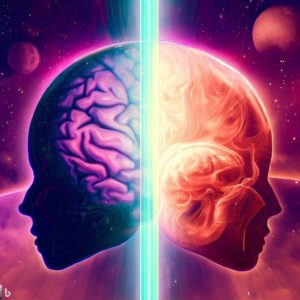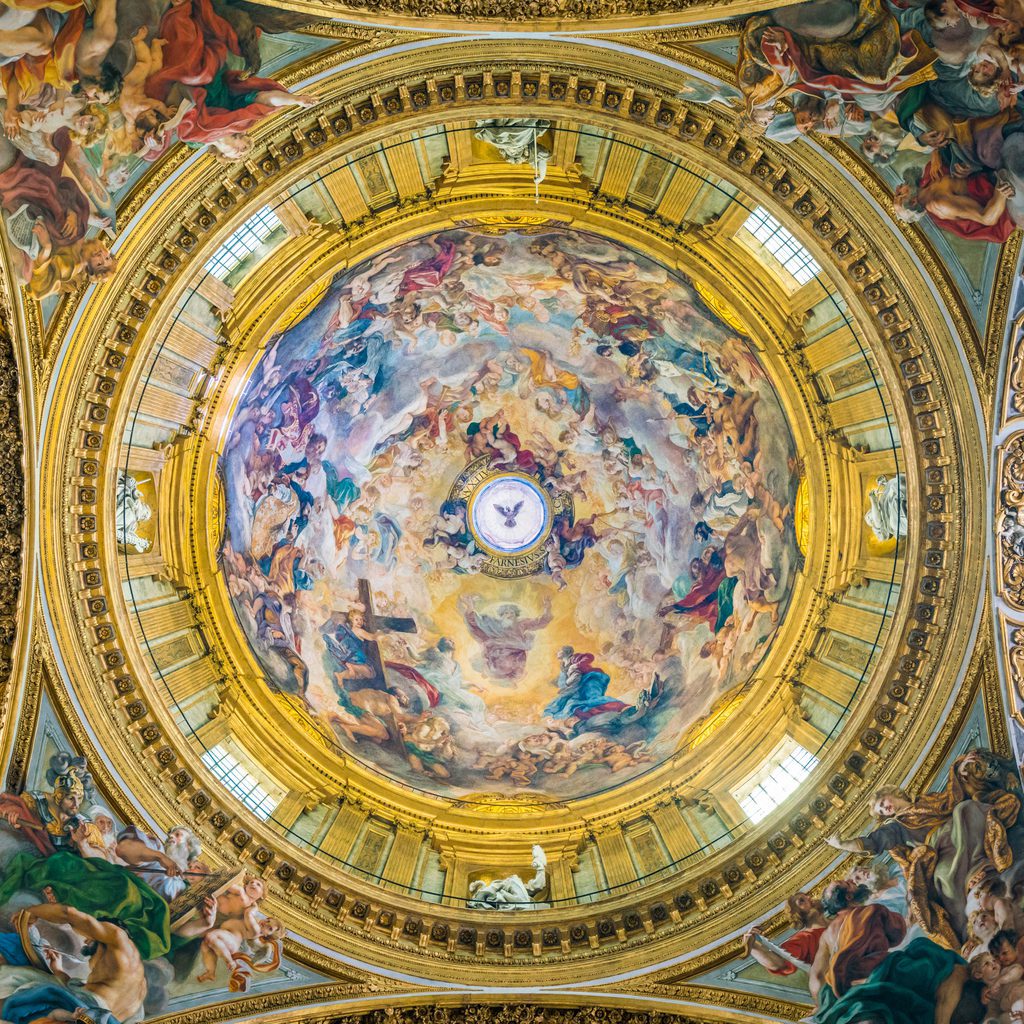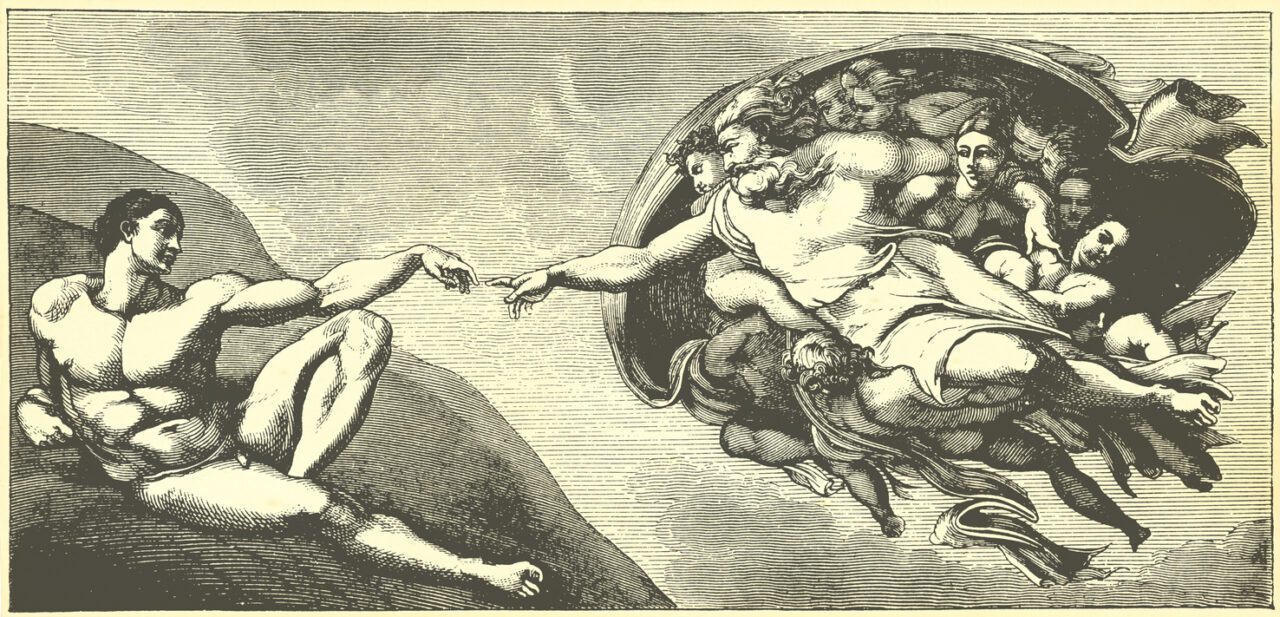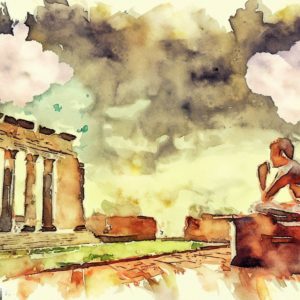0:01:37
Welcome to the Logos of Experience and Truth podcast, where I work to unlock the hidden mysteries of the Beatific Vision of God for you, the listener that may or may not be upon this spiritual narrow path. But what exactly is the narrow path that Jesus speaks of? My mind is finally dislodged from understanding, speaking, contrasting, and comparing creative thought, manifesting thought, law of attraction types of things, and has settled back down to think about concepts to discuss and to unlock. Any Christian or anybody that has read the New Testament, has seen, heard, read for themselves the term the narrow path. Jesus makes a big, giant thing about this in the Bible, about those on the left and those on the right will say they know me and that He will say I do not know you and that only the few find the narrow path. But what is the narrow path? Up until . . . you know who knows when . . . a couple of years ago or so, if I had ever thought of this, of what is the narrow path, as a Christian, I probably would have just thought to myself being Christian is the narrow path and I’d say that that’s fine for the time being wherever you are on the spiritual path, if you are on a spiritual path and if this is even something that you are interested in learning, which, if you are listening to this podcast, I assume you are. But there is a deeper meaning to what the narrow path is.
0:03:23
Now, what is interesting, and this may be one of the reasons why it has been said that Jesus went to India and studied over there or something like that is this concept of the narrow path is remarkably like the Buddha’s middle path. From what I have read and what I have studied and what I learned about the Buddha’s middle path is that it had more to do with his own personal spiritual asceticism, contrasted versus the hedonism that is traditionally spoken of in Siddhartha Gautama’s youth as a prince and the extreme hedonism that he existed in. So this middle path was between this hedonism of all pleasure, all joy, all food, sex, everything that a person could physically desire and or receive, and contrasting that to the traditional story of his father creating this illusion around him that there was no sickness and no death, and, again, very allegorical to the idea of even the middle path between youth and adulthood, that idea of when we’re young we don’t usually think that we’re going to get old or we live in a manner that is not conducive to getting old. But then, once you are old, now you are remembering your youth and such things of that nature. So, there is this contrast between the two. There is this middle path in the Buddha, but that is not really the same middle path, the same sense that Christ is speaking of. That is one of the interesting things about Christ and one of the reasons why it would be said that, no, he did not go to India and learn with the yogis out there, because he did not really teach any kind of asceticism or any of that yogic practice. He was very much just active is what we gather, at least from the Gospels, and even if you read the Gnostic stuff, it is still the same deal. I mean, he is teaching this, raising yourself up and finding him, finding the Christ, finding the Messiah.
0:06:09
So how can we better understand what the narrow path is? The clearest way of seeing this, of what the narrow path is . . . but again you still must interpret a little bit is where he shows himself to be the narrow path, where he shows himself to be in the middle. This is most clearly seen in the luminous mystery of the rosary and one of the most famous of the experiences of Christ himself, but also the experiences of the Apostles witnessing this. This would be the Transfiguration, where the Apostles are up on the mountain, they are seeing him, and he is transfigured before their eyes in some mystical type of vision and standing to one side of him is Moses and then standing to the other side of him, it was Elijah. So, what does this represent because this represents the narrow path? The way that I have seen this is that you must now break down, well, what does Moses represent and what do the prophets represent? Moses represents the law. Well, what is the law, or what is law in general in our mind? Logic. The analytical. So, Moses represents the logical and analytical mind. What are prophets? Those led by the spirit. Those led by emotion. All you must do is look at Ezekiel and some of the wacky stuff he does, and you know he is not being led by anything logical. Even though the writing is very logical, what is in the writing is not. It is very emotional. It is extremely high spirited. Thus, the prophets represent the emotional mind. The left side and the right side. So, the narrow path is being in between, or being the ruler of both, or being in balance of both, or being in equilibrium between both, being both logical and emotional.
I mentioned it in a previous episode when discussing the male and female quality of mind itself . . . and the male is the logical and the emotional is the female, and this is another of those aspects of a way to see it. The balance between the two. And that male-female aspect comes out in Saint Paul. I have mentioned this as well before, in that most hated line from . . . I think it is Ephesians, where he says, “Wives must be submissive to their husbands, yet husbands must be as Christ to their wives.” Now, if you are just looking at this on the topical layer of purely submissive wife or husband being as Christ, then all this really depicts is what everybody assumes: domestic life, actual living, actual things, actual practice between a husband and a wife. But if you break that down and can interpret what is meant by that, this is one of the keys to achieving what is known as the Great Work in esoteric and occult teachings in the Christian sense. It is the equilibrium between male and female mind, between logical and emotional. So, what does it mean then that the wife is submissive to the husband? It means that emotions will take heed of logic to be controlled. But then what does it mean for the husband to give themselves up as Christ does for the church, to his wife? This means that logic will subside itself and pay heed to the emotions instead of ignoring them. There must be this crossway, there must be this back and forth between the two. If not, one is too logical and leaves out their emotions, or one is over-emotional and does not pay heed to logic. And this is all wrapped up in the concept of mental alchemy and balancing out those different emotional states or thought processes inside to find that inner equilibrium, or the narrow path. That is what the narrow path is and that is what is represented by Moses and the prophets in the Transfiguration.
0:11:32
There are diverse ways to interpret the actual story as well of the apostles seeing this, because that is what is interesting about it. You must be able to understand the imagery that is used. They are up on the mountain. The mountain is the symbol in any of these texts of having risen the mind up, of climbing up into the mind through some type of meditation or contemplative prayer. That is what the mount is. That is why all these things are on the mount. Moses is up on the mount when he receives the Ten Commandments. Elijah, when God speaks to him, he is up on the mount. That is what the mountain represents: removing oneself from the world. Now, this does not mean climbing up a mountain. It can. You can go and climb up a physical mountain to do this, but this means climbing up the mountain inside of the mind and removing oneself from the world inside of the mind. And that the apostles witness this of Christ with Moses and Elijah at his side, it is why it is considered one of the mysteries, the mysteries translated as the various sacramental things, the methods by which God conveys His message. That is what this is symbolizing: the way to eternal life, the way to the fullness of life, the way to adoption as a child of God is this narrow path. It’s this path between and above the logical and the emotional mind . . . the fullness of being a human being. Hopefully that answers better what exactly the narrow path is that Jesus speaks of, and I will leave you with that.
Until next time.




